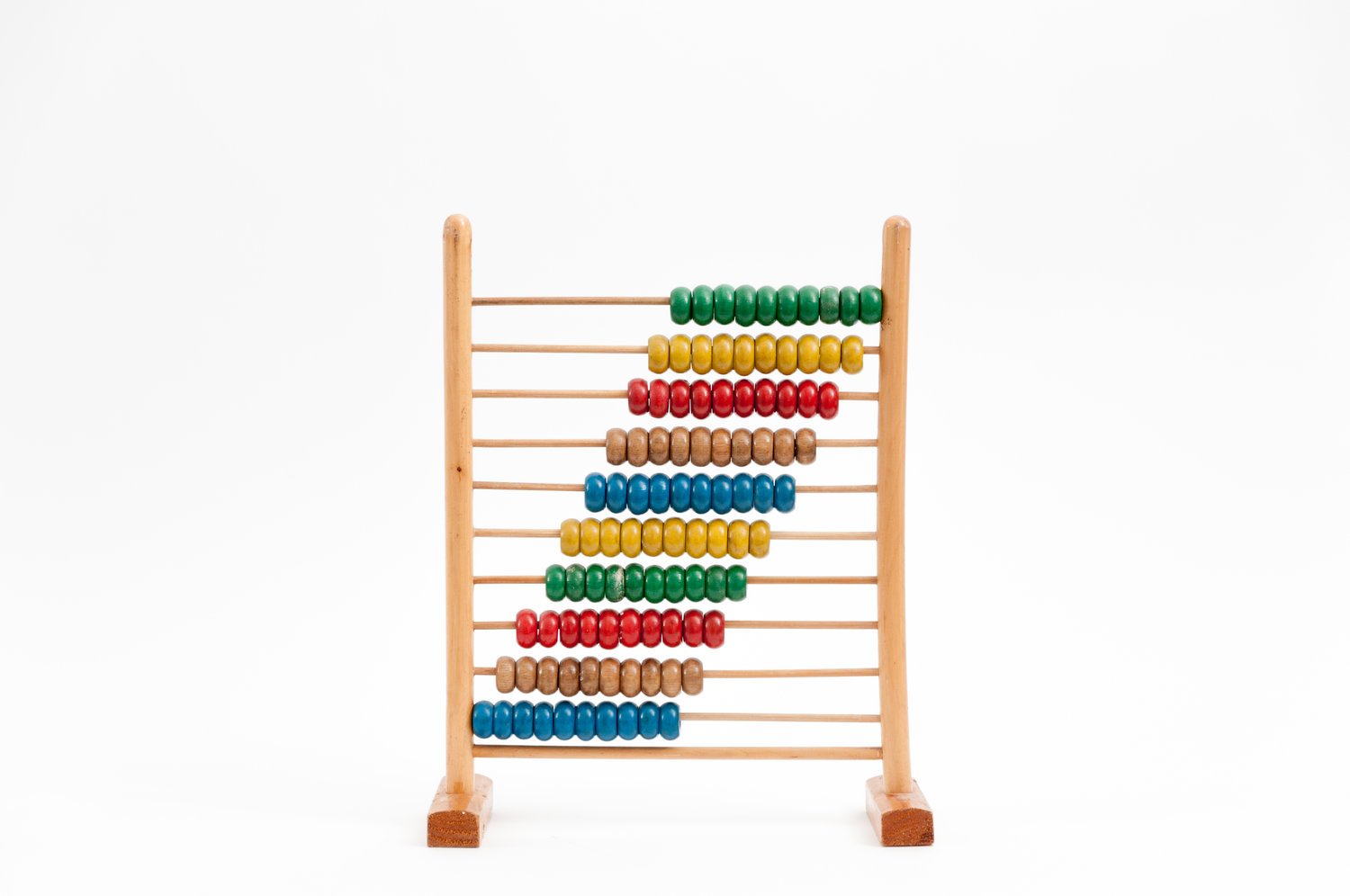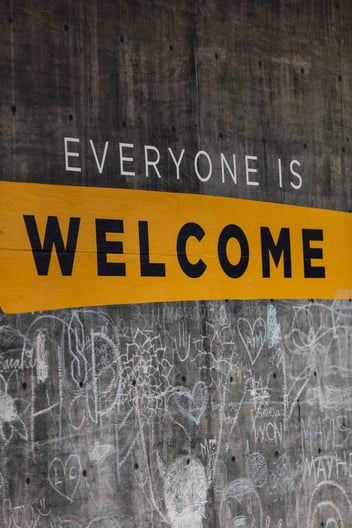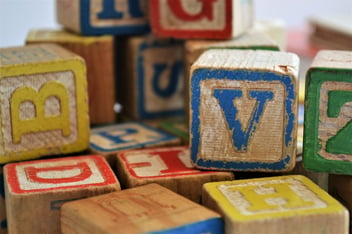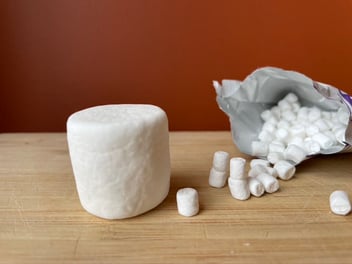
Conscious Discipline and Math Learning
This week we hear from Paige Benedict about Conscious Discipline – an approach to managing challenging behaviors with integrity and respect. Since we hear quite a bit about the prevalence of these behaviors, we thought this was an important topic to explore in math teaching and learning.
Children with emotional challenges often have difficulty with math. There are many theories as to why this is so. Perhaps the most commonly accepted ones have to do with difficulty focusing. Approaches to managing behavioral/emotional challenges are often structured as reward systems. While this type of behaviorism is not absent from CD, the premise is to respect the humanity of the students being served, something I find is completely in line with the mission of teaching All Learners. - John Tapper
A question on the mind of many educators right about now is, “What can I do about all the disruptive behaviors in my classroom?” I don’t have a magic wand with the answer. But through a professional development opportunity I was given this past summer, I have found a way to help get through the daily challenges with students. Conscious Discipline (CD) is a multidisciplinary, self-regulation program that integrates social-emotional learning, school culture and discipline. Created by Dr. Becky Bailey, Conscious Discipline is a tool that has been created for teachers and parents to facilitate changing THEIR beliefs and the way that THEY teach. To have an impact on our students, CD demands that we commit to changing ourselves first. Conscious Discipline has forced me to focus more on my core values and what I want to share with my students. Conscious Discipline has taught empathy to my students and has helped them through some really difficult situations.
Conscious Discipline is based on seven principles:

Source: https://consciousdiscipline.com/methodology/seven-skills/
As an alternative classroom teacher, I work with students of different ages, grade levels, and skill levels. The area in which my students struggle with, maybe more than any other subject area, is math. When a student is already having a difficult time managing the world around them, expecting them to sit down and complete a math task is a challenge. Sometimes putting a worksheet down in front of them leads to screaming, ripping up the work, and storming off. Since many teachers have similar experiences, some strategies for dealing with these situations are helpful.
Conscious Discipline is based on a brain state model that connects our internal states to our behavior. Instead of trying to control the environment in our classrooms, we learn to control our own emotions and how we respond to stressful and unexpected situations. Every mistake is a teachable moment. Every time a conflict occurs, or a child acts out in the classroom, there is a skill missing. It is our job to use that moment to replace the missing skill with something new, something positive.
Conscious Discipline addresses these missing skills by supporting students to build trusting and safe relationships in classrooms. The school family is created through routines, rituals, and structures. Consistent routines create a safe environment for students to learn. Students know what is expected of them, what to expect in their classroom. They understand how to navigate their school day.
A common technique used in Conscious Discipline, is called, a Safe Place. The Safe Place is an area in the classroom reserved for students to go when they are feeling sad, mad, or frustrated. Along with the Safe Space, students are also taught skills they can use to help calm down before having a conversation with and adult and make a plan for moving forward.
The Safe Place has helped in many situations, but it doesn’t work for all of them. Just the other day I had a student who was given a math assignment that was supposed to be a review of content she had been covering in her 3rd grade classroom. She has been having a difficult time and hadn’t been in her classroom the last couple of weeks. As soon as the math assignment for the day was put down on the table in front of her, she exploded. She started acting out and saying things she didn’t truly mean.
After giving her some space, I had a conversation with her. I started by saying what I noticed when I handed her the math work, “I noticed that when I handed you your math work you got really angry and mad.”
Describing through noticing is a great way to achieve eye contact and begin making a connection with the student. She agreed with me, and I had her attention. “This math work is really hard for you. That must be really frustrating.” She nodded.
“Were you hoping to work on something different today?” Acknowledgment through empathy teaches emotional regulation. She nodded again.
“I wonder if we started by reviewing your work from yesterday, and then, after, I could help you with the new math work. Maybe you would feel less frustrated?” She nodded and smiled at me.
This student was triggered by seeing math work she couldn’t do. She knew it was too hard for her. Instead of getting in a power struggle with her, I chose to help her identify and name the real problem. The real problem was that the math was too hard for her and that was frustrating. I was able to help her relax and shift to an executive brain state. In the end, it was a win-win situation. She was able to express her real feelings and we accomplished some math work, together. I try to remind myself that whatever is about to happen will happen, but that it is happening in front of me and not to me. It is my job to support the student who is having a hard time and not to take it personally.
I use Conscious Discipline because it is powerful! When a student or adult is absent, or having a difficult time in our classroom, my students stop what they are doing, and wish them well. They take a moment out of their day to place that person in their heart and send them a well wish. This may seem silly, like a complete waste of time, but it makes a big difference.
When choosing to implement Conscious Discipline into your classroom, be prepared for it to start with you. The anchor charts and tools are fantastic, but you have to be willing to make the change first! Once you take the leap, I would suggest starting with rituals and routines in your morning meetings. It is important to create expectations and form a connection with students, building your school family. The next piece I would add would be the Safe Place. You may already have a place like this in your classroom, but by shifting the language and making it a common place within each classroom in the school, students understand the appropriate times to access it. For more information about Conscious Discipline and to how to use it in your classroom or school, you can visit www.consciousdiscipline.com.
Wishing You Well,
Paige Benedict, St. Albans City School
Published: May 2, 2019




